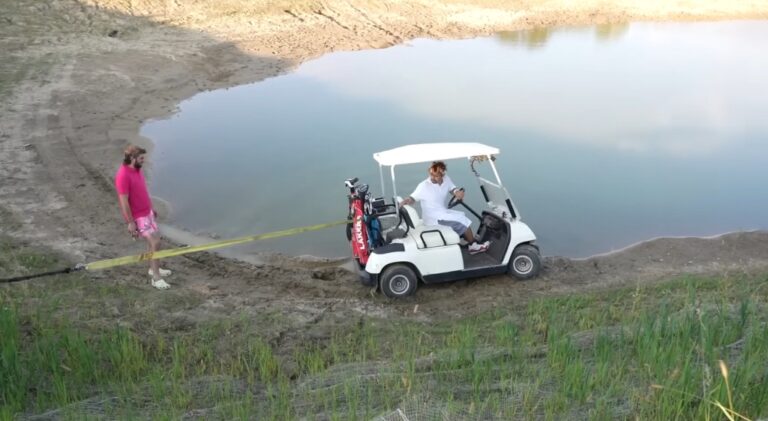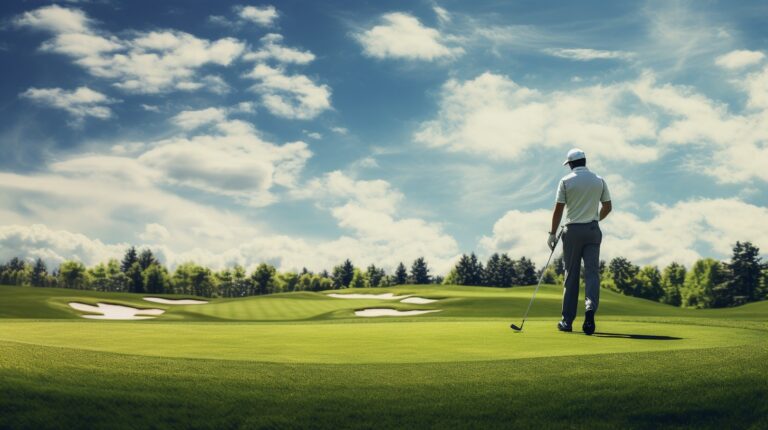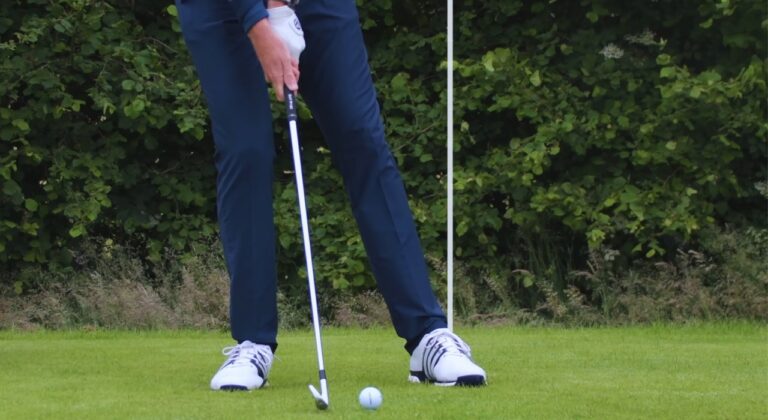In our world, there exist numerous different sports each with its own set of rules, goals, and premises. For some, it is how they are played that makes them unique. For others, it is the global popularity that makes them stand out. Then, there are those that are very special because of where they are played. A select few sports can only be played at a very special type of location. One of those is golf.
Football can be played anywhere as long as you have a ball. The posts can be made up of any two objects. Basketball is a bit less forgiving because of the board and the hoop, and a surface where the ball can bounce.
Tennis requires a net to make sense, otherwise, it is no good. Volleyball too. Cycling and swimming can be done anywhere really, provided that it is safe for riding bicycles and swim. With golf, you need to go to a proper course and there is no in-between.
The sport is very recognizable due to the course with its holes, obstacles, flags, and carts. It is synonymous with the sport because nothing else can be done there. It serves one purpose, for the golfers to hit balls and get them into the holes.
However, not every course is made the same, and course design plays a big role in the experience and the outcome of the game. But what is the actual impact of this design and does it affect player performance and enjoyment? Read on to find out more!
The History of the Golf Course
Golf courses have a long and storied history that dates back several centuries. Although the first iterations of the game did not have designated places to play it, courses became important rather early.
The origins of golf date back to as early as the 15th century in Scotland. At first, golf was played on open fields without any designated holes or courses, usually near the coast where there were many natural obstacles.
As the popularity of golf grew in Scotland, players began to create their own “courses” by setting up a series of natural obstacles like dunes, bushes, and streams and incorporating them willingly.
The first “official” golf course is still thought to be the Old Course at St Andrew’s in Scotland, first played in the early 16th century. This course set the standard for many of the features that are still found on modern courses today like the use of sand bunkers and the placement of holes at regular intervals.
As golf spread beyond Scotland, especially in the USA and England, courses were built in other countries too. England, Ireland, and the United States saw the rise of many courses during the late 18th and early 19th centuries. The first unique golf course in the United States was built in the late 19th century in New York.
In the early days of golf, courses were generally rather small and compact with only a few holes. As the popularity of the sport grew, courses began to expand in size and complexity.
People wanted to play more, and for longer, which lead to the number of holes ranging anywhere from 9 to 18 holes, which is the norm today. They also started to include water hazards, sand traps, rough areas, and other features.
In recent years, there has been a growing emphasis on sustainability and environmental stewardship in the design and maintenance of golf courses. Therefore, many courses nowadays are designed to minimize their impact on the natural landscape and use contemporary green techniques like drought-resistant grasses, rainwater harvesting, and integrated pest management.
How Does the Design Impact Performance and Enjoyment?
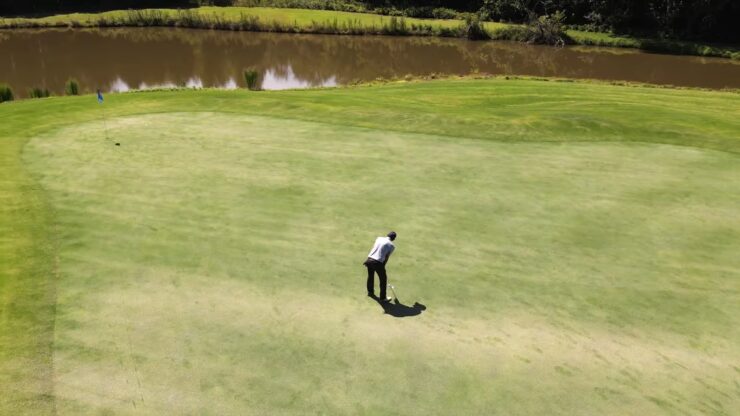
Most modern courses are more than just places to play the sport. They are simultaneously golf clubs, and recreational and leisure centers where visitors can play but also dine, find accommodation, and enjoy the outdoors.
Socializing is an important part of the sport and it has been for decades. All of that is important nearly as much as the game itself. However, it is still mostly about hitting balls into holes and what is present on the course matters most.
The design of a golf course usually has a significant impact on the performance and enjoyment of the players, either in a good way or a bad way. Of course, it is up to the player to make the most of it, to do research about it, to prepare, and to adapt accordingly. Here are some ways in which golf course designs can affect the player:
Layout
The layout of a golf course can affect the difficulty level as well as the strategy required to play it in the first place. For example, the placement of hazards like bunkers and water hazards can create challenging shots and require players to use clubs and shot types they would otherwise not need.
A well-designed layout provides a variety of shot options for players, making the game more interesting and engaging. However, if it is too complicated and difficult, it can hinder enjoyment.
Course Conditions

The condition of the course, including the quality of the greens, fairways, and rough, tends to affect the playability and enjoyment above all else. Players expect the course to be in good shape so anything less than that could ruin the pleasure.
A well-maintained course with smooth and fast greens can be more enjoyable to play and can allow players to perform better. These are also the best situations for quality practice and getting better.
Scenery
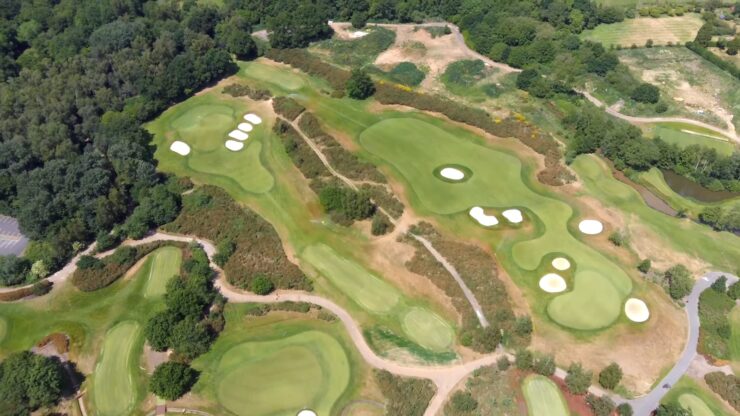
The scenery and setting of a golf course can greatly impact the enjoyment of the game, but also the outcome. A scenic course with beautiful views can make the game more enjoyable and memorable because spending time in a beautiful natural setting is very therapeutic for the body and mind.
On the other hand, a course in a less appealing setting may detract from the overall experience and even be boring and unenjoyable.
Accessibility
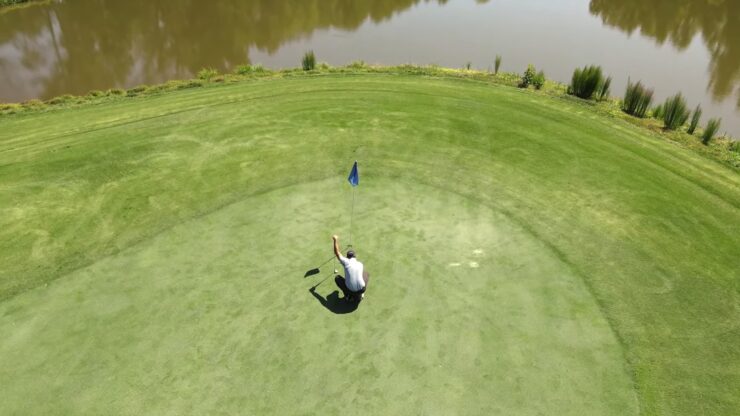
The accessibility of a golf course is an underrated feature that more and more courses now realize is crucial. Courses that are easy to find and navigate with clear signage and sensible directions make the game more enjoyable and less frustrating for players. Efficiency and optimality go a long way, always.
Sustainability
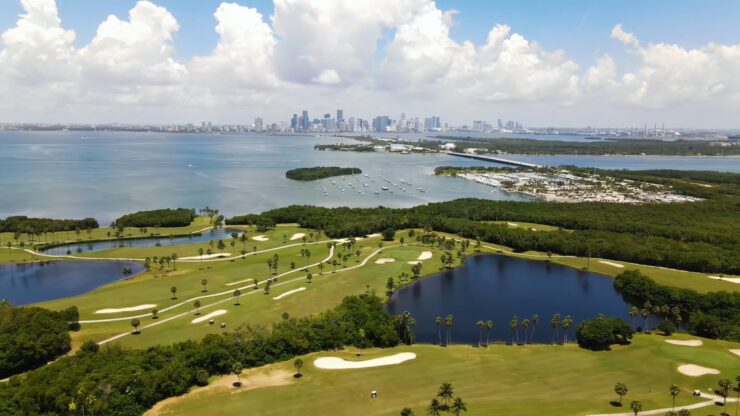
As mentioned already, the trend toward sustainable golf course design is more important than ever. Therefore, it can impact player enjoyment and performance if they are designed with environmental stewardship in mind. A more natural and authentic playing experience is better for the planet, but also more fun to paly on.
Sumayya Parrish, a golf aficionado and wordsmith extraordinaire, brings her wit and wisdom to the fairways of FloridaEliteGolfTour.com. Known for her uncanny ability to turn a bogey into a birdie with her humor, she serves up engaging content that keeps readers chuckling even when their golf game has them crying.
Related Posts:
- Swinging Prices: Understanding How Golf Course…
- Master Your Game: The Ultimate Guide to Golf Course…
- Inside the Caddy's Bag: Essential Golfing Gear for…
- The Mental Game: Strategies for Staying Focused and…
- Golf Course Maintenance: Tips for Club Cars and…
- From Golf Course to Cash Flow: How to Monetize Your…





